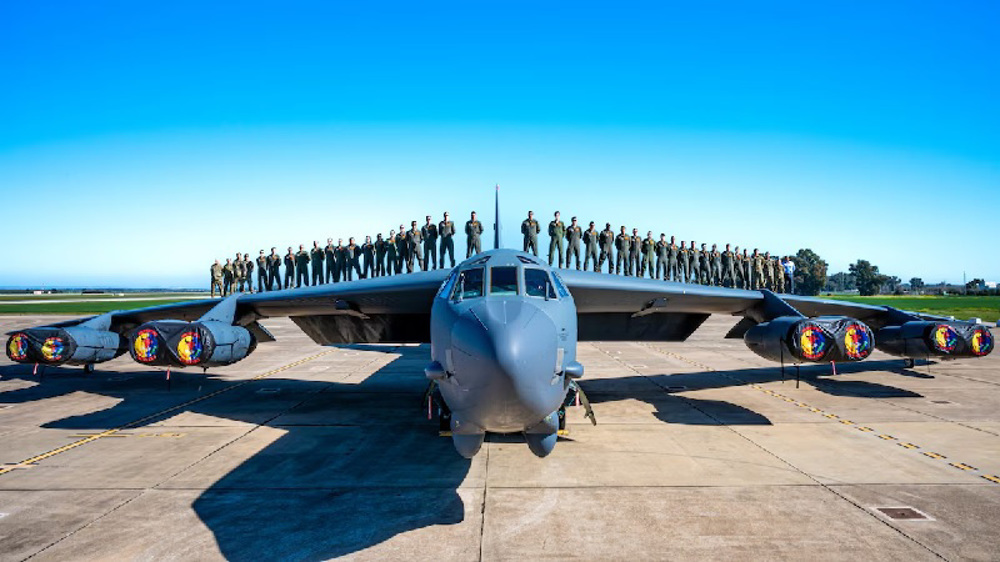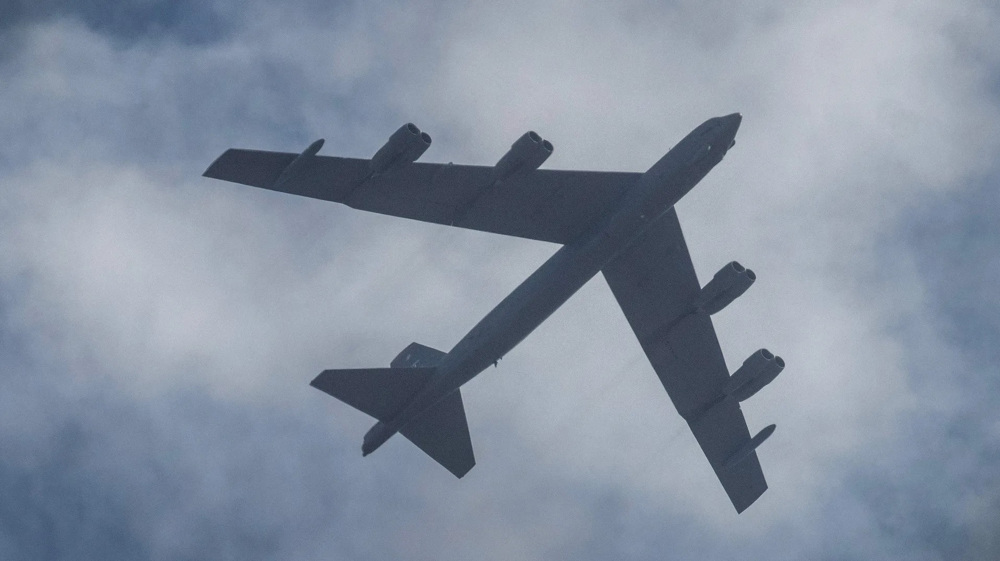Major hike in US missile spending indicative of approaching 'new Cold war': Study
America has been dramatically increasing its missile development spending after deciding to leave a Soviet-era arms control treaty with Russia, a new study shows, warning that the extravagant approach could be the tell-tale sign of a looming “new Cold War.”
In the three months following President Donald Trump’s announcement in October last year that he would leave the Intermediate-range Nuclear Forces (INF) agreement, Washington has signed more than $1 billion in new missile contracts, according to the study by campaign group PAX and the International Campaign to Abolish Nuclear Weapons (ICAN).
"The withdrawal from the INF Treaty has fired the starting pistol on a new Cold War," Beatrice Fihn, who heads the Nobel Peace Prize-winning ICAN, warned in a statement on Thursday.
Upon announcing his plans to abandon the INF, Trump accused Russia of violating the treaty through a new missile system and began the official process of withdrawing from the pact in February.
Russia has denied the US charges. It even rolled out the missile in question last year and exposed many of its sensitive details to reporters in order to ensure the international community that the INF was not breached.
Russian President Vladimir Putin responded to Trump’s move by saying that Moscow would also leave the 1987 accord, which is considered the cornerstone of global arms control by preventing the deployment of nuclear-tipped ground-launched ballistic missiles with ranges between 500 kilometers (330 miles) to 5,500 kilometers.
The report by PAX and ICAN detailed over $1.1 billion in new contracts signed with six mainly US companies between October 22, 2018 and January 21, 2019.
Raytheon took the biggest share of the money, scoring 44 new contracts worth some $537 million.
Lockheed Martin meanwhile received 36 new contracts worth $268 million and Boeing scooped up only four new contracts worth $245 million.
Fihn said in a statement that the massive contracts were worthy of congressional investigations because of suspected corporate collusion.
"Congress should investigate the lobbying roles of Boeing, Lockheed Martin and Raytheon who took the lion's share of these contracts," she asserted.
The report authors said they could not verify whether all of the new contracts were for developing new nuclear weapon.
"What is clear is that there is a new rush towards building more missiles that benefit a handful of US companies and intend to flood the market with missiles regardless of their range," they noted.
Washington confirmed in March that it was preparing to test two new two ground-launched missiles that it has been developing for more than 30 years in August.
The projects include a low-flying cruise missile with a range of about 1,000 kilometers and a ballistic missile with a range of roughly 3,000 to 4,000 kilometers, military officials who could not reveal their name under the Pentagon’s security rules told the media.
American officials insist that none of the new missiles will be capable of delivering nuclear payloads but that is not the real threat of such weapons.
'New nuclear race has begun'
Susi Snyder, PAX nuclear disarmament program manager and the lead author of the report, accused Washington and its nuclear-armed allies of hypocrisy by calling for the denuclearization of other countries while expanding their own arsenals.
"President Trump is heralding the need for global denuclearization, but US deeds, and those of nuclear-armed allies do not match those words," She said.
"We see the US and other states planning for a nuclear-armed century, with contracts to maintain weapons through at least 2075, despite growing domestic and global calls to reverse course," she added.
“The research confirms that there is a new nuclear arms race happening,” Snyder told Quartz.
US tests strategic ICBM
The study came shortly after the US Air Force test-launched an unarmed Minuteman 3 intercontinental ballistic missile (ICBM).
The Air Force Global Strike Command said the missile was launched from Vandenberg Air Force Base northwest of Los Angeles on early Wednesday and its re-entry vehicle hit its designated target in the Kwajalein Atoll in the Marshall Islands afte traveling approximately 4,200 miles (6,759 kilometers) over the Pacific.
The missile, manufactured by Boeing, is the only land-based ICBM in service in America and its development began in mid-1950s with the specific intent of attacking hardened military targets, specifically those in the former Soviet Union.
The latest version, Minuteman III, with an operational range of 13,000 km entered service in 1970.
Each unit can carry up to three nuclear warheads and is estimated to cost $7 million.
Netanyahu: Israel won't allow Hayat Tahrir al-Sham forces in southern Syria
Hezbollah leaders’ historic funeral showed resistance strength: Islamic Jihad
Iran reports surge in air traffic as Austrian, Lufthansa resume flights
VIDEO | South Africans set to lobby government to isolate Israel
IRGC chief: Nasrallah decisive figure in regional equations with global dimensions
VIDEO | Press TV's News Headlines
Netanyahu's son 'exiled abroad for hitting his father': Knesset member
Iran money supply up 28.4% y/y in late January: CBI











 This makes it easy to access the Press TV website
This makes it easy to access the Press TV website